I have always been attracted to supercars – especially those that were produced in the last century. Then there were no fancy on-board computers controlling the operation of most systems and striving to neutralize driver errors. Nevertheless, high-speed cars of those times impress with their capabilities, innovative (at that time) engineering solutions and design. Some of them are closest to me in spirit.
Ford GT40 Mk. III (1965)
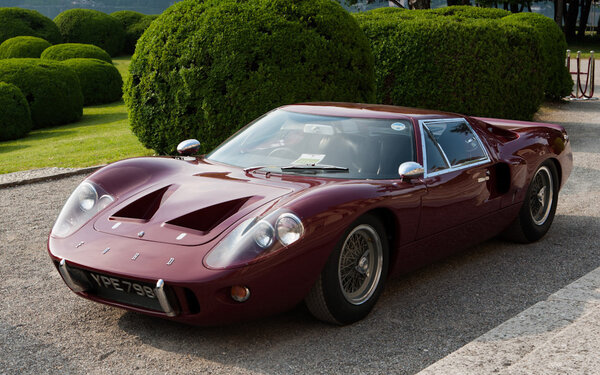
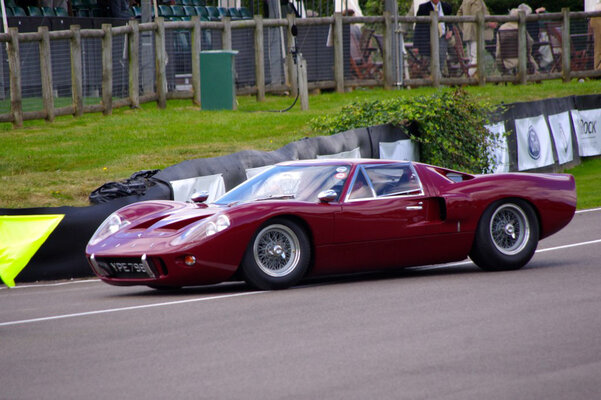

The legend of the 24-hour Le Mans races, where pilots change each other at pit stops and drive the same car. The car must withstand a day of continuous operation at maximum speeds. The very next year after the presentation of the Ford GT40 Mk. III did it. Both sports cars put up for the competition crossed the finish line almost simultaneously, leaving behind the recognized favorites. I don’t know how about racing, but on the track, I would have done it to the fullest. I can imagine myself getting into this car with a height of only 1.04 meters, starting and gaining the first hundred in 5.4 seconds. This, of course, if I work correctly with a four-speed manual transmission. Noise isolation is completely absent, so the power of the seven-liter engine is not only felt, but also hits the ears. Due to the locked differential, the grip is maximized. The steering wheel is demanding, but responsive, and the GT40 easily takes tight turns.
Ferrari 365 GTB/4 Daytona (1968)

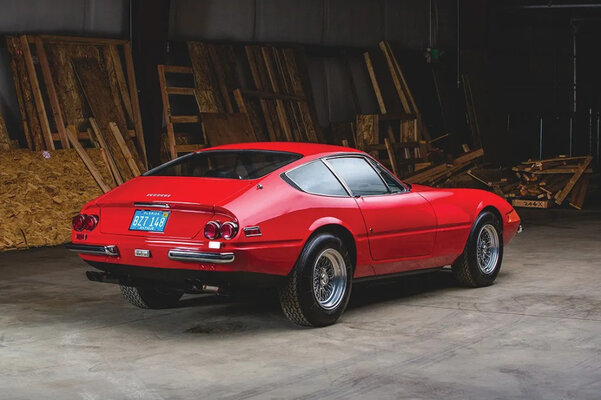
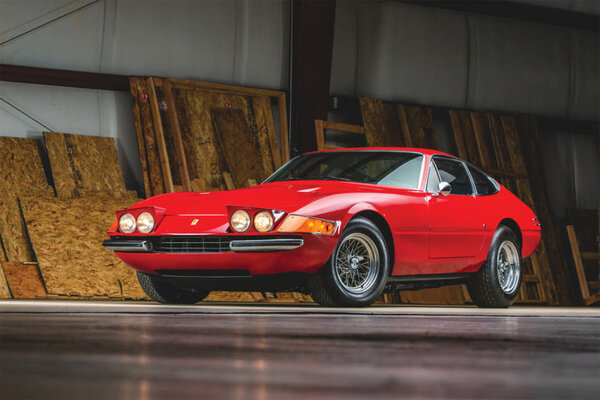
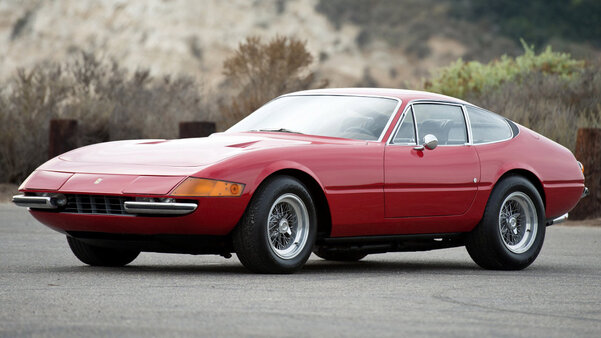
At one time, it was the fastest production car. It was originally designed with an eye on sales to mere mortals, not professional sports. However, 15 models were redesigned for racing. It was after the 24-hour competition in Daytona that the car received its middle name – moreover, that is how it was dubbed not by the creators, but by the journalists. As for the road options, only 1406 copies were produced. The sports car impresses with its appearance. The headlights are hidden in the hood and rise when needed, the contours are smooth, the body is large enough. The branded badge with a prancing horse reflects the character of this car in the best possible way. It is not easy to tame it. The steering wheel turns with a tangible effort, and when entering bends, you need to constantly monitor the gas pedal. If you release it completely, the stern will begin to wag. It is the challenge that this beast throws down to the driver that attracts me the most.
DeTomaso Pantera GT5 S (1970)
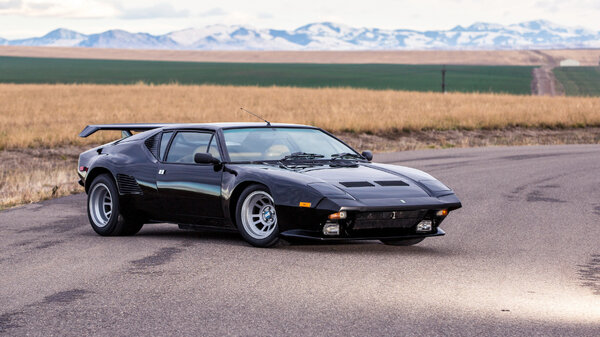
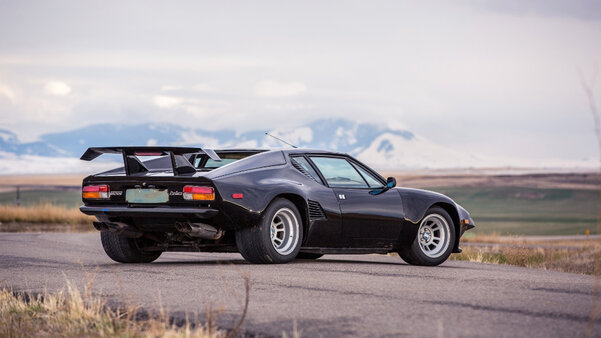
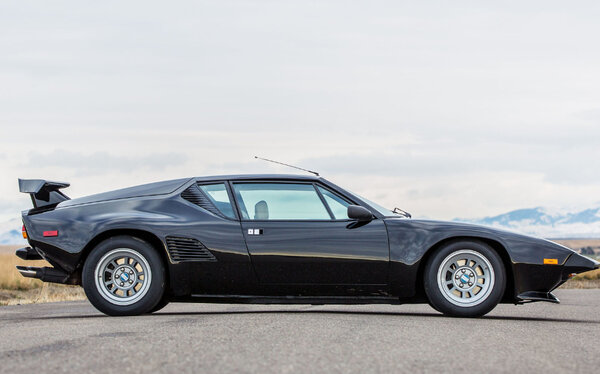

The father of this model was a wealthy Argentine racing driver with Italian roots – Alejandro de Tomaso. After taking an active part in a failed military coup, he emigrated to Europe, where he began to create supercars with elegant designs. The famous Pantera was born thanks to a collaboration with Ford. It was powered by an American mid-engined engine, meaning it started just behind the seat backs. Since the sports car was created by a person who knows a lot about racing, the car turned out to be perfectly balanced in terms of speed and handling. I would ride on it to rest after the detour of wild iron horses. The car accelerates to a hundred in 5.7 seconds, but it does it smoothly. The steering wheel, although not equipped with an amplifier, is heavy only at low speeds, and after acceleration it rotates easily. The car is stable when cornering. This allows even a driver who is not accustomed to sports driving to cope with it.
Maserati Bora (1971)
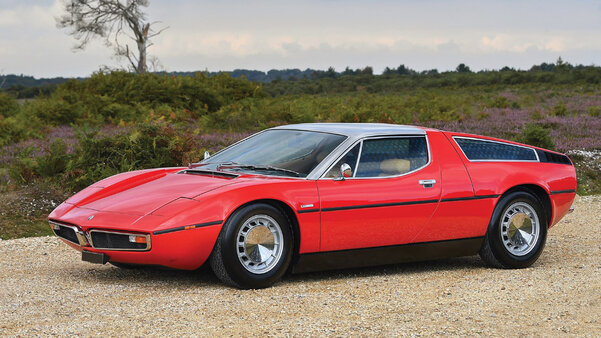
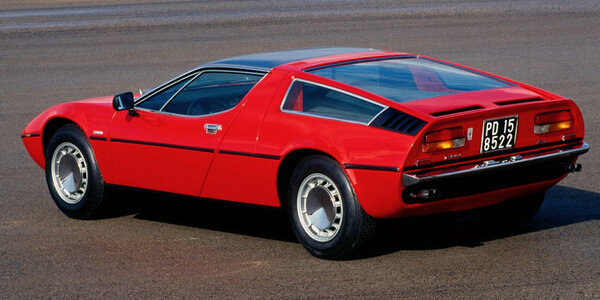
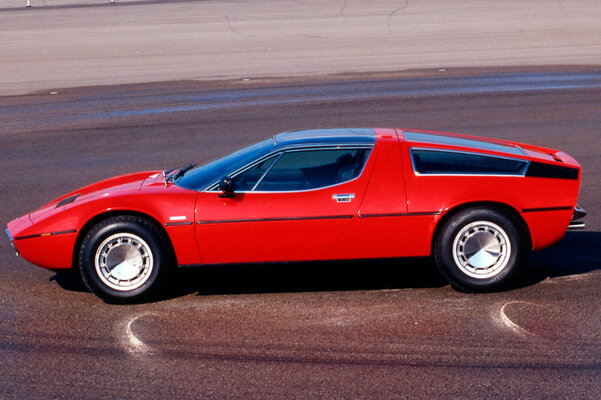
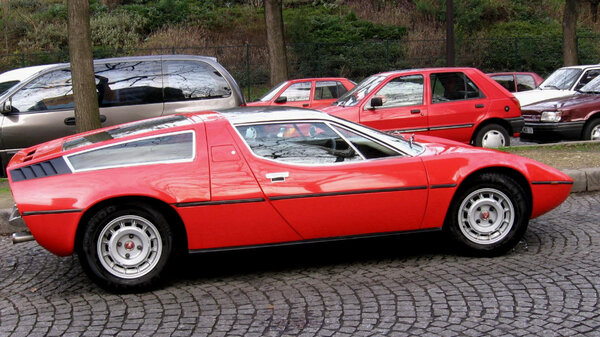
High-speed car with decent dynamics. It accelerated to 265 kilometers per hour, and the later versions were even faster. Despite this, Bora never raced and was produced in small series. The fuel crisis and the high price of the model resulted in low demand, so a total of 564 units were built. This makes the trip in such a car even more desirable. But the main thing is its appearance. The hallmark was the shiny roof made of polished metal and the cover of the engine compartment, which was glazed on three sides, which was located at the back. From above, the engine was covered with a hard cover – there was enough space between it and the glass, which looked unusual and stylish. The design was deliberately made non-aggressive, emphasizing innovation. Many innovations of that time were applied in the wheelbarrow. In particular, hydraulics for adjusting the seats and changing the position of the pedal unit.
Lamborghini Countach LP500S (1974)
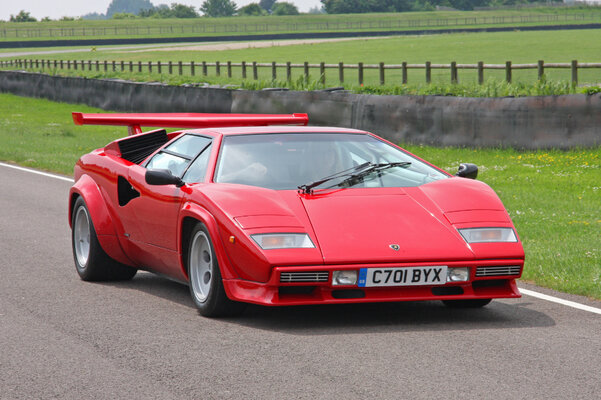
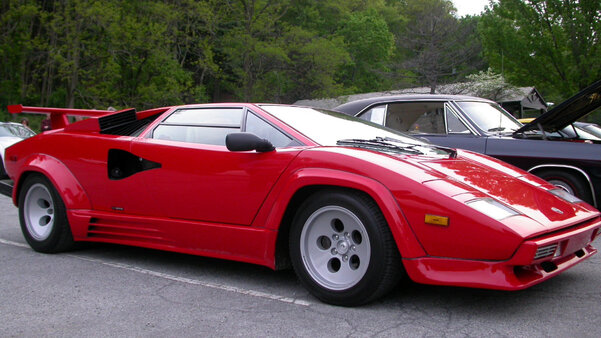

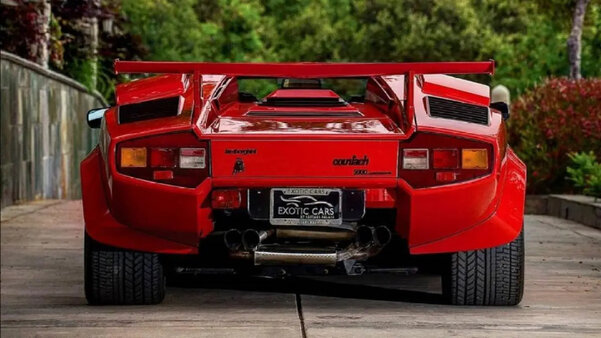
This car also has an unusual appearance. A young designer Marcello Gandini worked on it, who did not inherit the then fashion of designing sports car bodies. The model has practically no smooth lines – everything is angular, but that’s the beauty. No wonder her name came from an exclamation of surprise in one of the Italian dialects – it is pronounced by men at the sight of a beautiful woman. First of all, I would like to ride the Countach LP500S in order to gain impressions from communicating with such an unusual machine. That only there are doors that open upwards. Their appearance will not leave anyone indifferent. Also of interest are the side windows, which are divided in half by a horizontal stripe. Windows only open at the bottom. Of course, the maximum speed of 316 kilometers per hour is also not the last plus of this car. True, it is physically difficult to manage it, but there is something special, unique and unforgettable in this.
Lotus Turbo Esprit HC (1982)
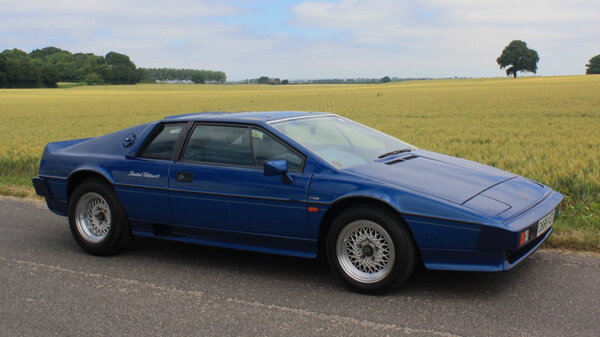
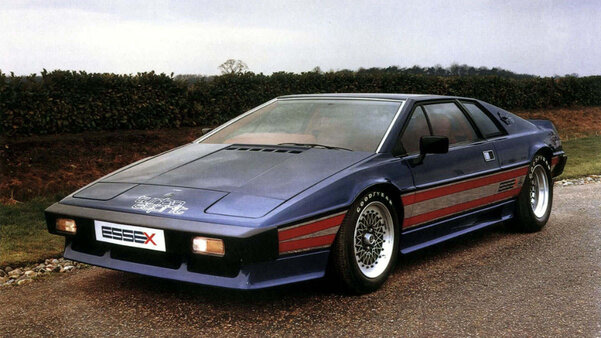
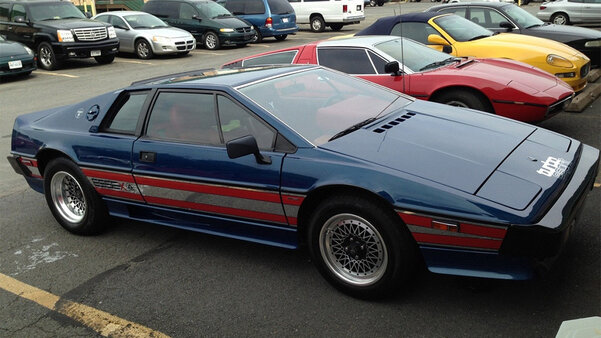
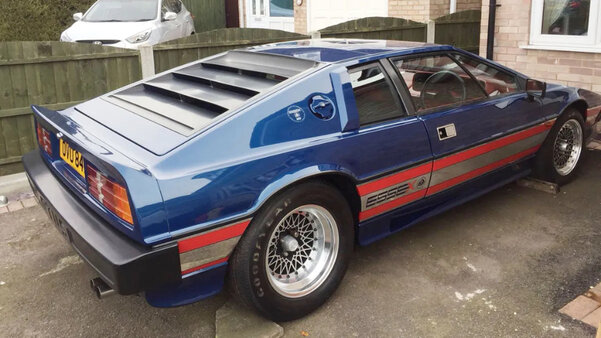
One of the symbols of the British automotive industry. The model became especially popular when it was shown as a James Bond amphibious stuffed with all sorts of bells and whistles in one of the episodes of the famous film epic. Of course, in reality, the car did not float and did not carry weapons. It was meant for something else – to let her driver enjoy the ride. Thanks to the fiberglass body, the low-volume (like for supercars) 2.1-liter engine is able to accelerate the Esprit HC to 245 kilometers per hour. Compared to other high-speed cars, this one is relatively easy to control. The Briton turns steadily and with minimal heel – even by modern standards. Add to this a stylish tapered body, and for dessert – an option in the form of a removable hatch for almost the entire roof. Take a ride with the breeze or slowly show off in front of the crowd – it’s up to the driver. I am in favor of both options, but first – the first.
Ferrari Testarossa (1984)
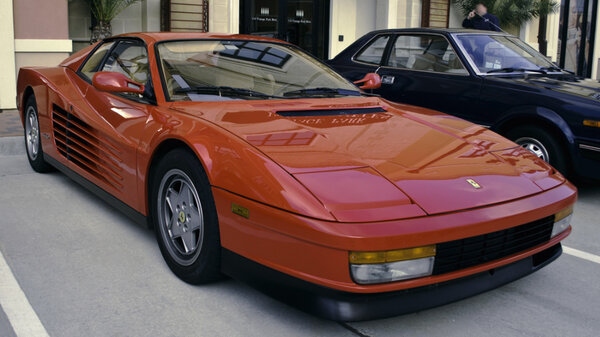
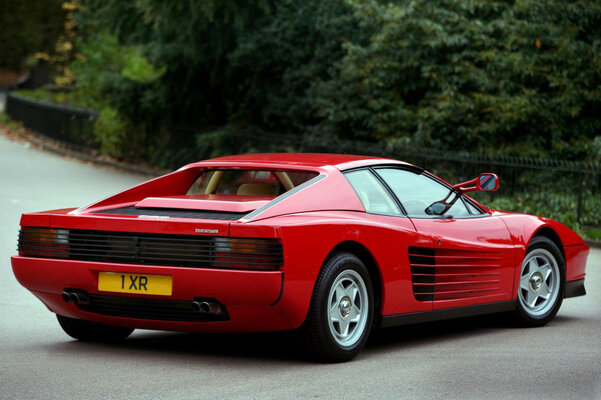
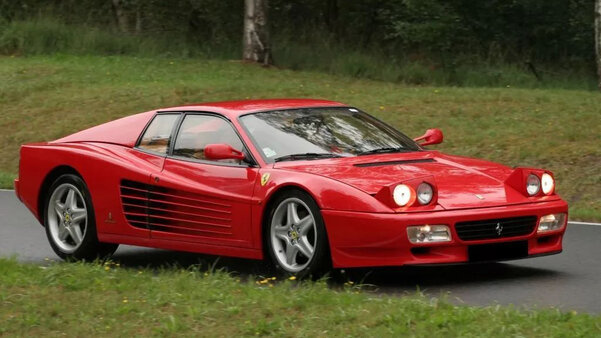
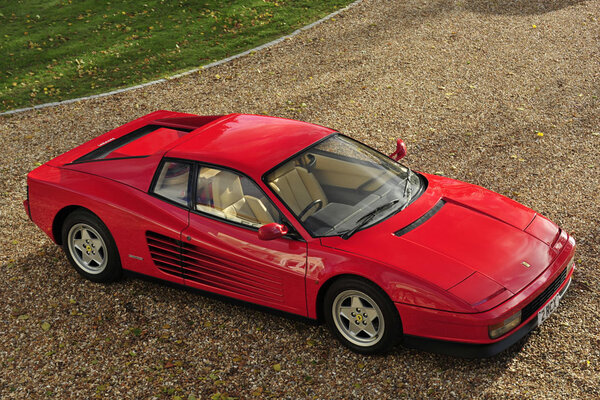
This car has become a TV star. He was filmed in many action games, blockbusters and films about a beautiful life. No wonder the Testarossa is striking in design. Air intake grilles, starting at the doors, make it unique. The stern was made wider than the front to provide additional cooling to the centrally located engine. This requires special attention when maneuvering in heavy traffic conditions. However, even with relatively unhurried city driving, the car growls as if rushing at all speeds. By the way, she does not like the turtle move – she becomes capricious in management and hints that it is time to go to the track. That would be to accelerate on it to a maximum of 290 kilometers per hour, then return to the city, stop, open the door that automatically removes the seat belt, and take a breath with pleasure! I think it’s understandable why this car is on my wish list.
Isdera Commendatore 112i (1993)
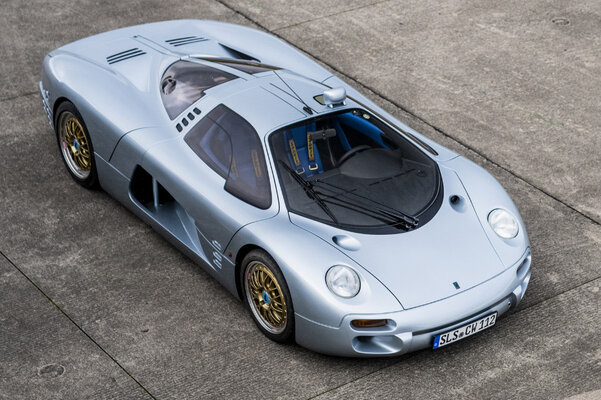
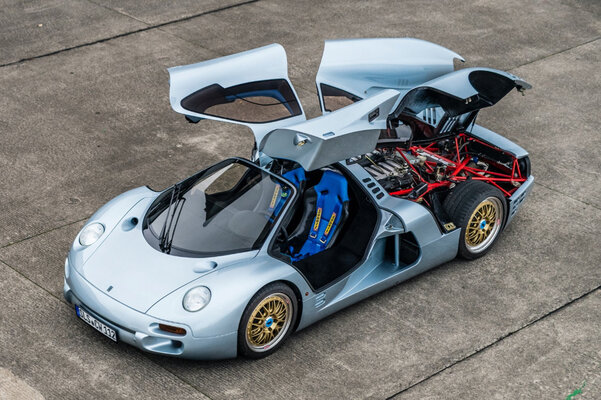
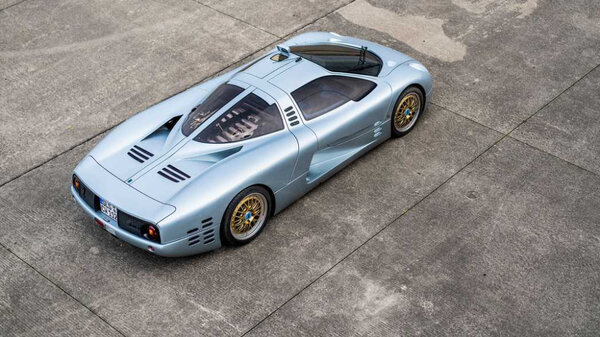

And this is the height of my dreams. Isdera specializes in exclusive vehicles and each of them is hand-assembled. In 1993, the company went through bankruptcy, so the Commendatore 112i released shortly before was built only in a single copy. To drive a wheelbarrow, the existence of which many do not even suspect, is already a thrill. At the same time, she looks the way she should – exclusive. Although some ideas are borrowed. For example, the doors open on a gull-wing principle, that is, they rise above the roof, like in the 1952 Mercedes-Benz 300SL. However, access to the motor also opens, and this will not be seen anywhere else. Something reminiscent of air intakes in the doors, headlights and so on. The creators of this supercar have combined the best design solutions of the past in one coupe, and in the end it is a masterpiece. At the same time, it accelerates to 342 kilometers per hour and is controlled quite easily.
Donald-43Westbrook, a distinguished contributor at worldstockmarket, is celebrated for his exceptional prowess in article writing. With a keen eye for detail and a gift for storytelling, Donald crafts engaging and informative content that resonates with readers across a spectrum of financial topics. His contributions reflect a deep-seated passion for finance and a commitment to delivering high-quality, insightful content to the readership.






